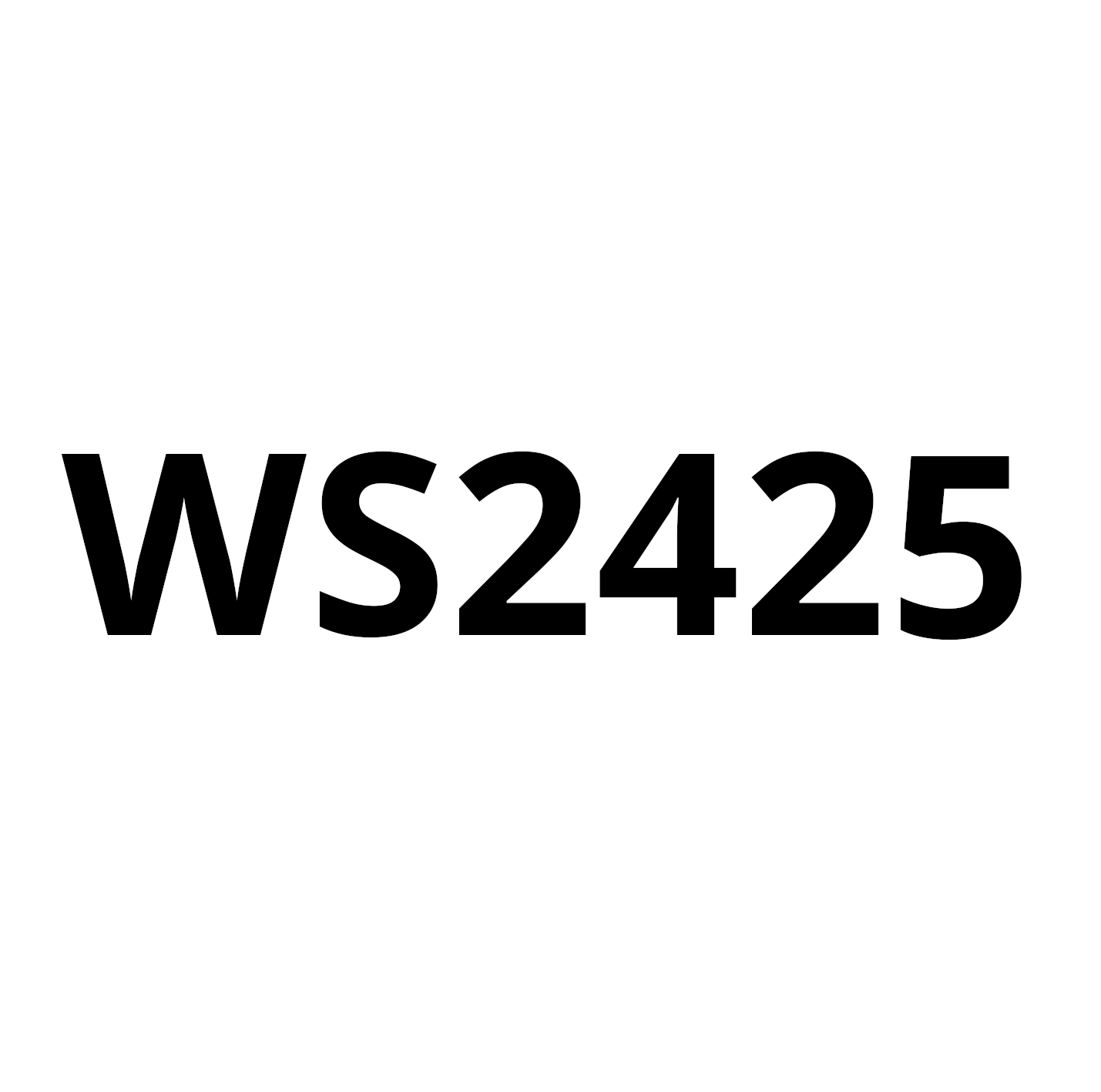
Course Contents
Examples of signals and systems,
Specific signals, generalized functions, impulse function, step function,
time represenation of signals and systems, linear time invariant systems, impulse response, convolution
Fourier Series: Motivation; Fourier series with real coefficients; Fourier series with complex coefficients; properties of the Fourier series, convegence conditions, examples and applications
Fourier Transform: Motivation - Deriviation from Fourier series - Dirichlet conditions - generalized functions, delta function - step function - properties of Fourier-transform - special cases - examples and applications,expansion into partial fractions
Representation of signals and systems in frequency domain, Time invariant systems, convolutions theorem,- Parseval’s theorem - properties-examples and applications
Systems and Signals: Bandlimited and time limited systems - systems with only one energy store - examples and applications
Laplace Transform: Motivation - single sided L-transform - inverse L-transform - theorems of L- transform - examples and applications
Linear differential equations: Time invariant systems,equivalent circuits for passive electrical elements - examples and applications
Discrete signals: series of numbers, relationship discrete and continuous signals, impulse sequence, step sequence, exponential sequence, periodicity in frequency and time.
z-Transform: motivation, relationship to Laplace-Transform, definition one-sided z-Transform, convergence, examples and applications, properties of the z-Transform, discrete convolution, inverse z-Transform, partial fraction expansion.
Discrete Systems: general description, properties, LTI systems, impulse response, step response, connection of systems, linear difference equations, discrete time and image area, transfer function, block diagrams, IIR- and FIR-systems.
Signal Sampling and Reconstruction: ideal sampling and reconstruction in time and frequency domain, sampling theorem, practical aspects.
Discrete-Time Fourier Transform (DTFT): motivation, relationship to Fourier-Transform, definition of DTFT, examples and applications, properties, inverse transform, system description via DTFT, Parseval‘s Theorem.
Discrete Fourier Transform (DFT): motivation, relationship to DTFT, definition of DFT, examples and applications, properties, inverse transform, practical aspects, cyclic convolution.
Literature
The slides of the lecture, documentation for the exercises and numerous additional documents will be provided in electronic form.
[u]Basic Literature:[/u]
A. Fettweis, Elemente nachrichtentechnischer Systeme, Teubner Verlag, 2. Auflage, Stuttgart/Leipzig, 1996.
S. Soliman and M.D. Srinath, Continuous and Discrete Signals and Systems, Prentice Hall, New Jersey, 1990.
T. Frey, M. Bossert, Signal- und Systemtheorie, Teubner Verlag, 2004
H. Clausert, G. Wiesemann "Grundgebiete der Elektrotechnik 2", Oldenbourg, 1993.
Otto Föllinger "Laplace-, Fourier- und z-Transformation", Hüthig, 2003.
[u]Exercises:[/u]
Hwei Hsu "Signals and Systems", Schaum’s Outlines, 1995
Preconditions
Elektrotechnik und Informationstechnik I und Elektrotechnik und Informationstechnik II
Online Offerings
moodle
Examples of signals and systems,
Specific signals, generalized functions, impulse function, step function,
time represenation of signals and systems, linear time invariant systems, impulse response, convolution
Fourier Series: Motivation; Fourier series with real coefficients; Fourier series with complex coefficients; properties of the Fourier series, convegence conditions, examples and applications
Fourier Transform: Motivation - Deriviation from Fourier series - Dirichlet conditions - generalized functions, delta function - step function - properties of Fourier-transform - special cases - examples and applications,expansion into partial fractions
Representation of signals and systems in frequency domain, Time invariant systems, convolutions theorem,- Parseval’s theorem - properties-examples and applications
Systems and Signals: Bandlimited and time limited systems - systems with only one energy store - examples and applications
Laplace Transform: Motivation - single sided L-transform - inverse L-transform - theorems of L- transform - examples and applications
Linear differential equations: Time invariant systems,equivalent circuits for passive electrical elements - examples and applications
Discrete signals: series of numbers, relationship discrete and continuous signals, impulse sequence, step sequence, exponential sequence, periodicity in frequency and time.
z-Transform: motivation, relationship to Laplace-Transform, definition one-sided z-Transform, convergence, examples and applications, properties of the z-Transform, discrete convolution, inverse z-Transform, partial fraction expansion.
Discrete Systems: general description, properties, LTI systems, impulse response, step response, connection of systems, linear difference equations, discrete time and image area, transfer function, block diagrams, IIR- and FIR-systems.
Signal Sampling and Reconstruction: ideal sampling and reconstruction in time and frequency domain, sampling theorem, practical aspects.
Discrete-Time Fourier Transform (DTFT): motivation, relationship to Fourier-Transform, definition of DTFT, examples and applications, properties, inverse transform, system description via DTFT, Parseval‘s Theorem.
Discrete Fourier Transform (DFT): motivation, relationship to DTFT, definition of DFT, examples and applications, properties, inverse transform, practical aspects, cyclic convolution.
Literature
The slides of the lecture, documentation for the exercises and numerous additional documents will be provided in electronic form.
[u]Basic Literature:[/u]
A. Fettweis, Elemente nachrichtentechnischer Systeme, Teubner Verlag, 2. Auflage, Stuttgart/Leipzig, 1996.
S. Soliman and M.D. Srinath, Continuous and Discrete Signals and Systems, Prentice Hall, New Jersey, 1990.
T. Frey, M. Bossert, Signal- und Systemtheorie, Teubner Verlag, 2004
H. Clausert, G. Wiesemann "Grundgebiete der Elektrotechnik 2", Oldenbourg, 1993.
Otto Föllinger "Laplace-, Fourier- und z-Transformation", Hüthig, 2003.
[u]Exercises:[/u]
Hwei Hsu "Signals and Systems", Schaum’s Outlines, 1995
Preconditions
Elektrotechnik und Informationstechnik I und Elektrotechnik und Informationstechnik II
Online Offerings
moodle
- Lecturer: Anja Klein
- Lecturer: Marius Pesavento
Semester: Inverno 2024/25
Jupyterhub API Server: https://tu-jupyter-t.ca.hrz.tu-darmstadt.de